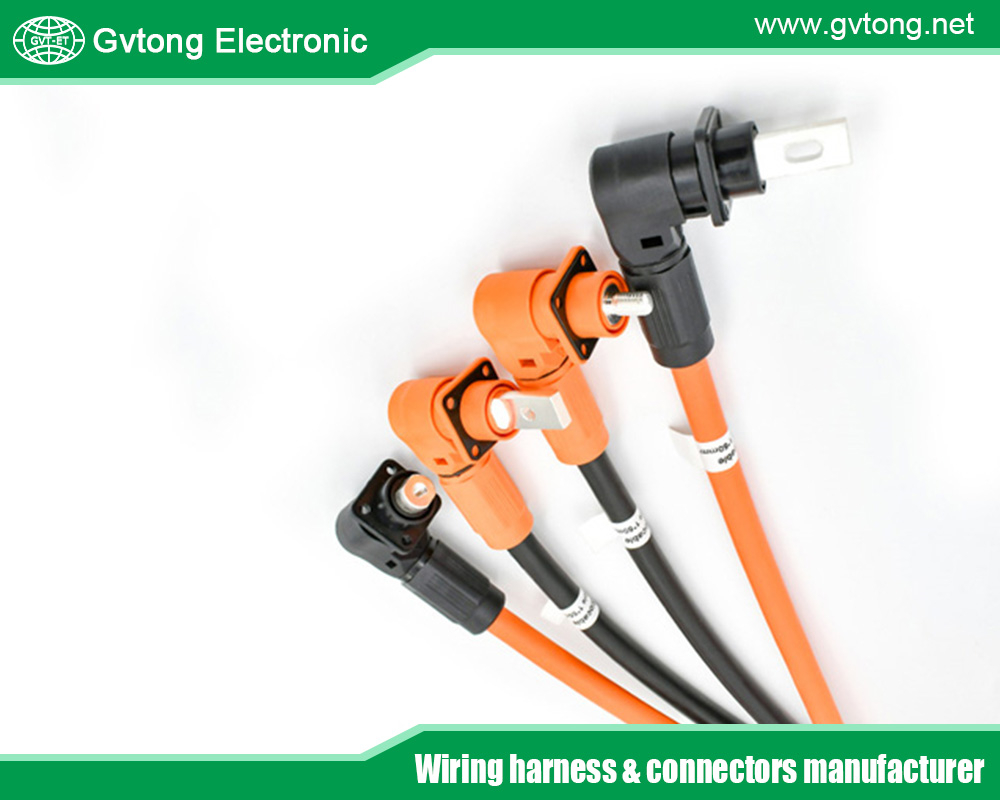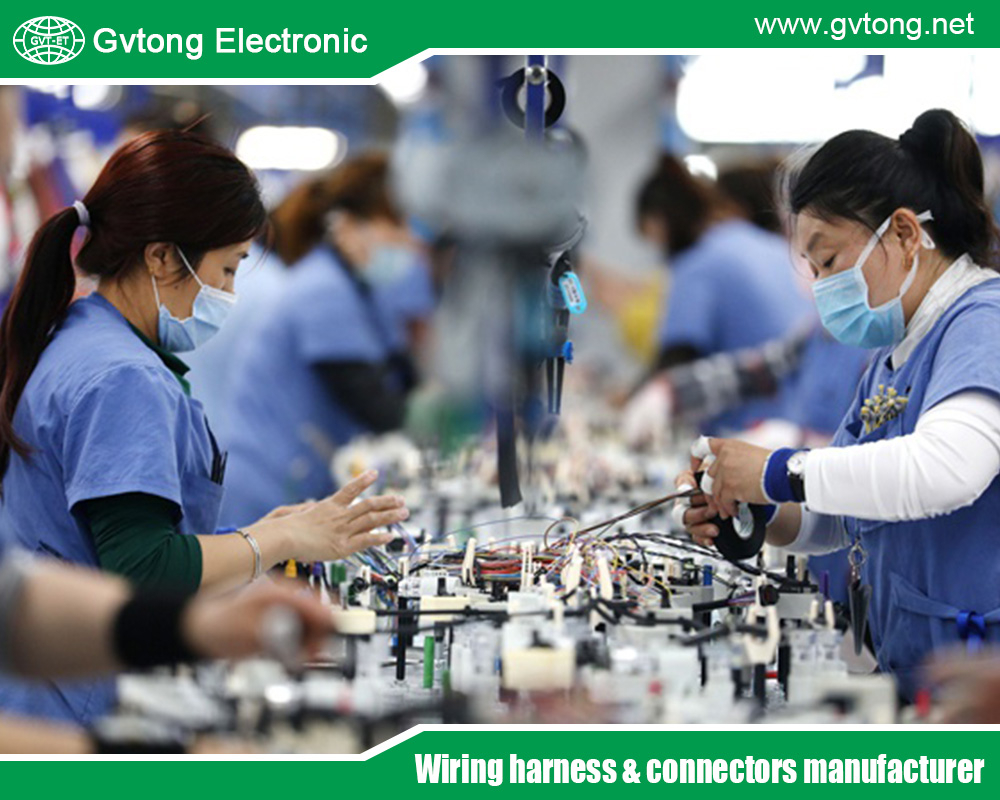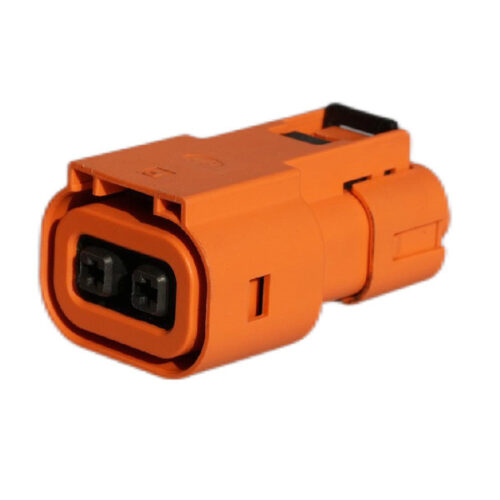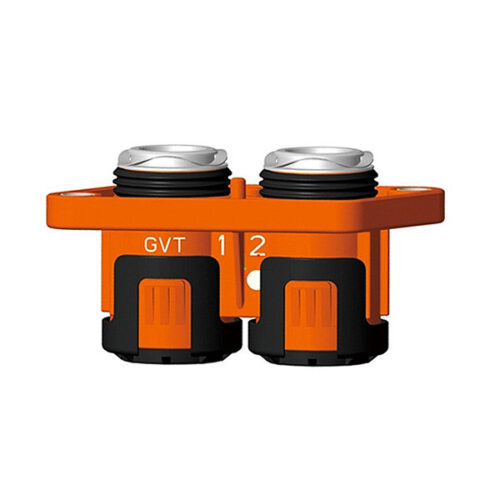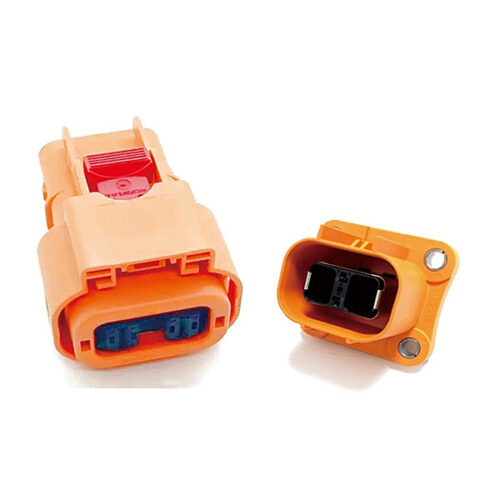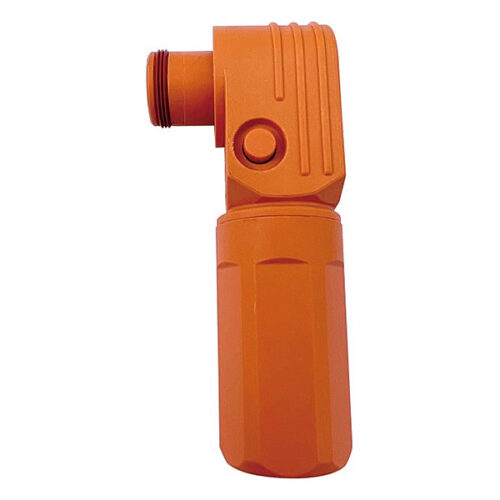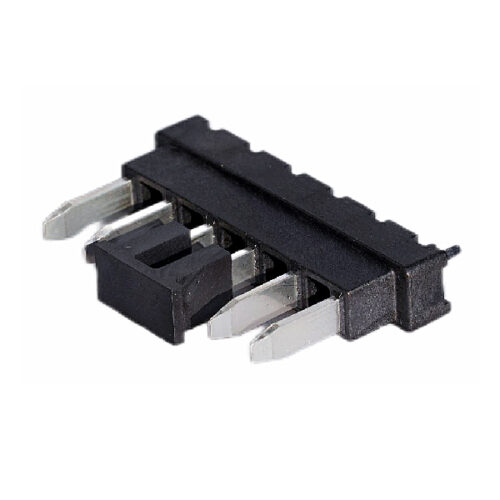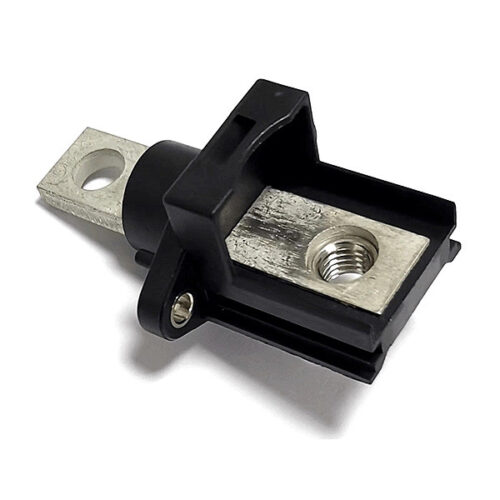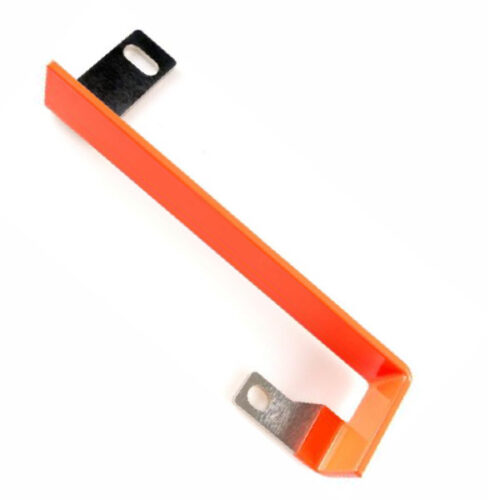Blogs & News
We are focus on automotive wiring harness & connectors technology.
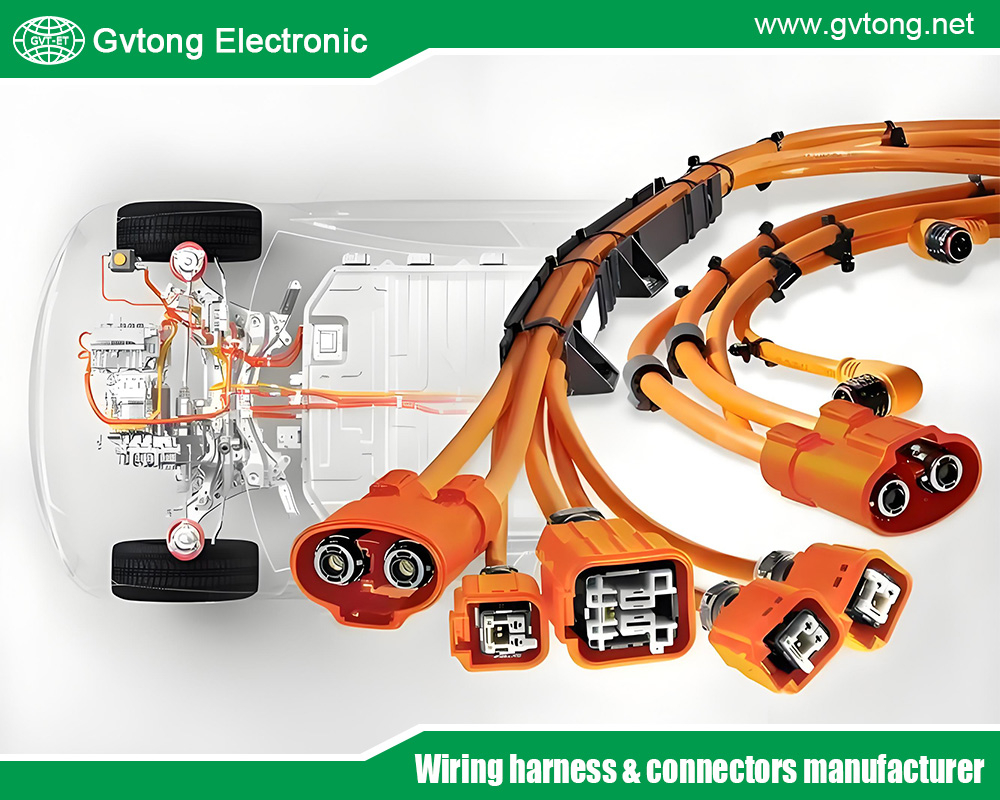
Comprehensive Analysis of Automotive Connectors: Types, Characteristics, and Applications
- Gvtong Electronic
- 2p 32p Automotive Connector Terminal Crimping, Anti-vibration automotive connectors, automotive antenna connector, automotive coaxial connector, Automotive Connector and Cable Products, automotive connector companies, automotive connector companies in russia, Automotive Connector Supplier, automotive connectors, automotive connectors and terminals, automotive data connector, automotive diagnostic connector, Automotive high - frequency connector, automotive High voltage connector, automotive hybrid connector, automotive optical fiber connector, Automotive power distribution connector, Automotive temperature - resistant connector, Automotive vibration - resistant connector, Cost-effective automotive connectors, Custom Low Voltage Vehicle Automotive Connectors, EV charging connectors, Fuel cell connectors, Halogen-free automotive connectors, High-Voltage Automotive Connectors India, Lightweight automotive connectors, Low-contact resistance connectorsBlind-mate automotive connectors, Modular automotive connectors, OEM-specific connectors, OEM/ODM for Automotive Connectors, Quick-fit automotive connectors
- No Comments
Comprehensive Analysis of Automotive Connectors: Types, Characteristics, and Applications
In the complex electrical systems of automobiles, connectors act as “joints,” playing a critical role in connecting circuits and transmitting signals. Their performance and reliability directly impact vehicle safety, stability, and functionality. As automotive technology accelerates from traditional fuel-powered to new energy, intelligent, and connected systems, the types and functions of automotive connectors continue to expand and evolve. Below is an in-depth analysis of different types of automotive connectors.
Classification by Connection Method
1. Threaded Connection
This method achieves a tight fit between the plug and socket through a precision threaded structure. In automotive electrical systems, it is commonly used in areas requiring high connection reliability and stability, such as important power supply points. Threaded connections effectively resist vibration and vibration during vehicle operation, preventing loosening and ensuring stable current transmission. For example, power connections for some engine compartment electrical devices often use threaded connections.
2. Snap Connection
Relying on a snap mechanism, this method enables quick plugging and unplugging of the plug and socket. It is simple and convenient, suitable for scenarios requiring frequent disassembly. It is widely used in interior electrical connections, such as car audio equipment or removable electronic devices, facilitating user-installation and replacement.
3. Push-Pull Connection
Plugging and unplugging are achieved via simple push-pull operations. This method features easy operation and stable insertion/extraction force, ensuring reliable performance in vibration-prone environments. For instance, automotive connectors often use push-pull connectors to maintain signal integrity under complex road conditions.
Classification by Function
1. Power Connectors
As the “power bridge” of automotive electrical systems, power connectors primarily link power cables to supply electricity to various devices. They are critical in both traditional fuel vehicles and new energy vehicles. In conventional cars, they connect the battery, generator, and electrical equipment; in new energy vehicles, they link high-voltage power batteries to the vehicle’s high-voltage system, ensuring power supply for driving and device operation. Typically using threaded or snap connections, they have high current-carrying capacity to support long-term high-current transmission.
2. Signal Connectors
Designed to transmit various signals (e.g., audio, video, control signals) in automotive electrical systems, signal connectors are key to vehicle intelligence and automation. For example, communication between the engine control module (ECU) and body control module (BCM) relies on signal connectors to transmit data accurately for precise vehicle control. Push-pull or snap connections are common, with strict requirements for signal transmission fidelity and low latency.
3. Network Connectors
In the era of connected vehicles, network connectors link in-vehicle network devices such as navigation systems, in-car entertainment, and advanced driver-assistance systems (ADAS). They enable high-speed data transmission for information exchange between the vehicle and external networks or among internal systems (e.g., real-time traffic updates and remote control). Common examples include Ethernet connectors, using push-pull or snap connections for high data transfer rates.
4. Sensor Connectors
Automobiles are equipped with numerous sensors (e.g., temperature, pressure, position sensors), and sensor connectors serve as critical interfaces. They must have strong anti-interference capabilities to ensure accurate transmission of sensor-collected data to the vehicle’s control system. For example, a temperature sensor connector in the engine transmits real-time temperature signals to the ECU for timely adjustments to engine operation.
Classification by Environmental Adaptability
1. High-Temperature Resistant Connectors
The engine compartment is a high-temperature area, requiring connectors for related electrical devices to withstand heat. Made from special engineering plastics and metals, these connectors maintain stable performance in high temperatures, ensuring reliable connections for engine-related equipment.
2. Low-Temperature Resistant Connectors
In cold regions, automotive components like air conditioning systems and battery management systems (BMS) require low-temperature resistant connectors. Constructed from cold-resistant materials, they retain flexibility and conductivity in low temperatures, preventing hardening, brittleness, and electrical failures.
3. Waterproof Connectors
Exposed to water during rain, car washes, or wading, certain electrical devices (e.g., windshield wiper motors, window regulators, headlights) rely on waterproof connectors. These feature sealed designs (e.g., IP67 rating) to prevent water ingress and avoid short circuits.
4. Corrosion-Resistant Connectors
Components like battery packs and fuel cell systems may generate corrosive gases or liquids, necessitating corrosion-resistant connectors. Made from corrosion-resistant materials with special surface treatments, they endure harsh chemical environments for long-term stable operation.
Classification by Connection Structure
1. Wire-to-Wire Connectors
Used to link two cables, these are among the most common connectors in automotive electrical systems. They are essential for extending or branching cable harnesses, ensuring reliable current and signal transmission in wiring layouts.
2. Wire-to-Board Connectors
Facilitating connections between cables and circuit boards, these are widely used in electronic control units (ECUs), instrument panels, and other devices. They accurately transmit signals and power from wiring harnesses to circuit board components.
3. Board-to-Board Connectors
Designed to connect two circuit boards, these are critical in complex automotive electronics (e.g., in-car multimedia and ADAS). They enable high-speed signal transmission and power distribution between boards, featuring compact sizes and high-density designs.
4. Flexible Printed Circuit (FPC) Connectors
Used with flexible printed circuits, these connectors accommodate bendable, thin FPCs in space-constrained or flexible wiring scenarios (e.g., car display connections or camera cabling). They ensure reliable connections for FPC’s unique shapes and requirements.
Classification by Operating Frequency
1. Low-Frequency Connectors
Operating below 3MHz, these transmit low-frequency signals and power, suitable for traditional automotive lighting systems and simple control circuits. They are relatively simple and cost-effective, meeting basic transmission needs.
2. High-Frequency Connectors
Operating above 3MHz, these handle high-frequency signals vital for connected vehicles and intelligent driving (e.g., vehicle-roadside unit communication or camera/sensor data transmission). They require low impedance, low insertion loss, and excellent electromagnetic compatibility (EMC) to ensure stable high-frequency signal transmission.
Classification by Voltage Level
1. Low-Voltage Connectors
With operating voltages typically below 60V, these are used in traditional fuel vehicles for low-voltage systems like BMS, air conditioning, headlights, and interior lighting. They feature simple structures and low costs but require good conductivity and reliable contact performance.
2. High-Voltage Connectors
Primarily used in new energy vehicles, these operate at 600–1000V or higher, connecting high-voltage components like batteries, power distribution units (PDUs), air conditioning systems, charging interfaces, and motor controllers. Due to high-voltage risks, they demand strict safety and reliability, including excellent insulation, shielding, mechanical strength, and sealing to prevent leakage and electromagnetic interference (EMI), ensuring passenger safety and vehicle stability.
3. High-Speed Connectors
While not strictly voltage-based, these are crucial for automotive intelligence, handling high-frequency data from cameras, sensors, antennas, GPS, Bluetooth, Wi-Fi, keyless entry, infotainment, and ADAS. They must meet strict electromagnetic and microwave performance standards (e.g., impedance, EMC, VSWR, return loss) and terminal design requirements for thermal and stress relaxation.
Automotive connectors come in diverse types, each with unique designs, functions, and applications, forming the backbone of vehicle electrical connection networks. As automotive technology advances, higher demands for performance, reliability, and intelligence will drive continuous innovation in connector technology to meet future industry needs.
For more about comprehensive analysis of automotive connectors: types, characteristics, and applications, you can pay a visit to Gvtong at https://www.gvtong.net/ for more info.

